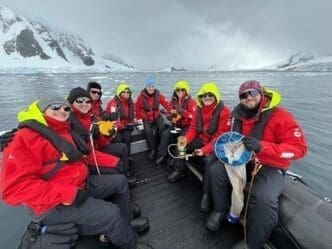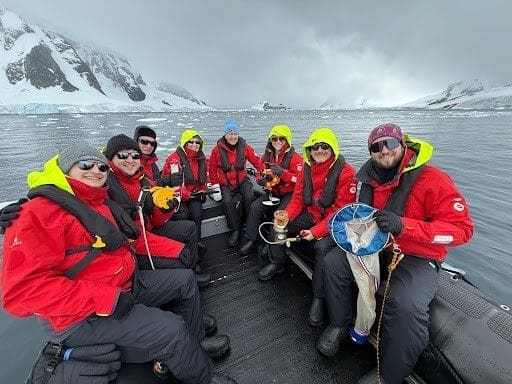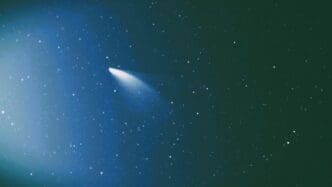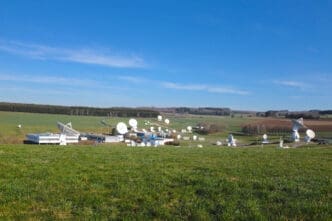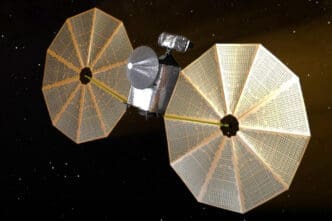Antarctica, a land of ice and mystery, is home to some of the planet’s most intriguing ecosystems. With glaciers melting and environments changing, the role of phytoplankton has never been more critical. These microscopic organisms are essential to the Earth’s climate and ocean health.
In an innovative twist, travelers are diving into science on their vacations. The FjordPhyto project, backed by NASA, invites tourists to become citizen scientists. This initiative is a collaborative effort to understand phytoplankton dynamics in the fragile ecosystem of Antarctica. Led by Dr. Allison Cusick, this program offers an adventure like no other.
A Journey to the Ends of the Earth
Antarctica, one of the most remote and extreme environments on Earth, attracts adventurous souls from all over the globe. Travelers aboard the Viking Octantis ship find themselves not just witnessing but actively participating in groundbreaking research. The FjordPhyto project offers them a chance to become part of scientific history.
Phytoplankton: The Unsung Heroes
Phytoplankton, although tiny, play a massive role in global ecosystems. These microscopic plants serve as the foundation of the aquatic food web. They produce oxygen and absorb carbon dioxide, having a profound impact on climate regulation.
Dr. Cusick’s research focuses on how melting glaciers impact these vital organisms. Understanding this helps scientists predict future climate changes.
The Science Behind FjordPhyto
The FjordPhyto project stands out for its unique approach, involving tourists in data collection.
Travelers collect water samples, measuring parameters like salinity and temperature. These samples are crucial for studying phytoplankton diversity.
Volunteers also assist in taking physical samples for DNA analysis, adding a personal touch to scientific exploration.
From Tourists to Scientists
On these expeditions, participants gain hands-on experience with polar science.
They learn how to handle scientific equipment and record data accurately.
This immersive experience fosters a deeper appreciation for the complexities of marine ecosystems.
Dr. Allison Cusick: Pioneering Oceanographer
Dr. Cusick, now a Ph.D., has dedicated her career to exploring Antarctic ecosystems. Her passion shines through her leadership of FjordPhyto.
She successfully defended her thesis, becoming the second Ph.D. generated by FjordPhyto’s data.
Her work exemplifies the power of collaboration between scientists and the public.
Impact on Global Science
The data collected by FjordPhyto contributes significantly to global climate research.
Understanding phytoplankton responses helps predict environmental changes.
Such citizen science projects are invaluable for gathering widespread and diverse data.
Engagement and Inspiration
Volunteers express high satisfaction, often describing the experience as life-changing.
A retired biology teacher hailed the project for its inclusivity and educational value.
Participants leave with a new sense of responsibility toward environmental conservation.
Challenges and Triumphs
Conducting research in Antarctica poses unique challenges, from harsh weather to logistical obstacles.
Despite these, FjordPhyto continues to thrive, thanks to dedicated scientists and enthusiastic volunteers.
The project’s resilience is a testament to human curiosity and determination.
The Future of FjordPhyto
As the project grows, more collaboration opportunities arise for aspiring citizen scientists.
The initiative paves the way for further Antarctic research and greater public involvement.
With continued support, FjordPhyto can push the boundaries of oceanographic studies.
Join the Adventure
For those eager to embark on this scientific journey, FjordPhyto remains open to new participants.
FjordPhyto is not just about understanding phytoplankton; it’s a celebration of curiosity and community. As more travelers join the effort, the project’s impact continues to grow. This synergy between science and adventure paints a hopeful picture for both our oceans and our shared future.

